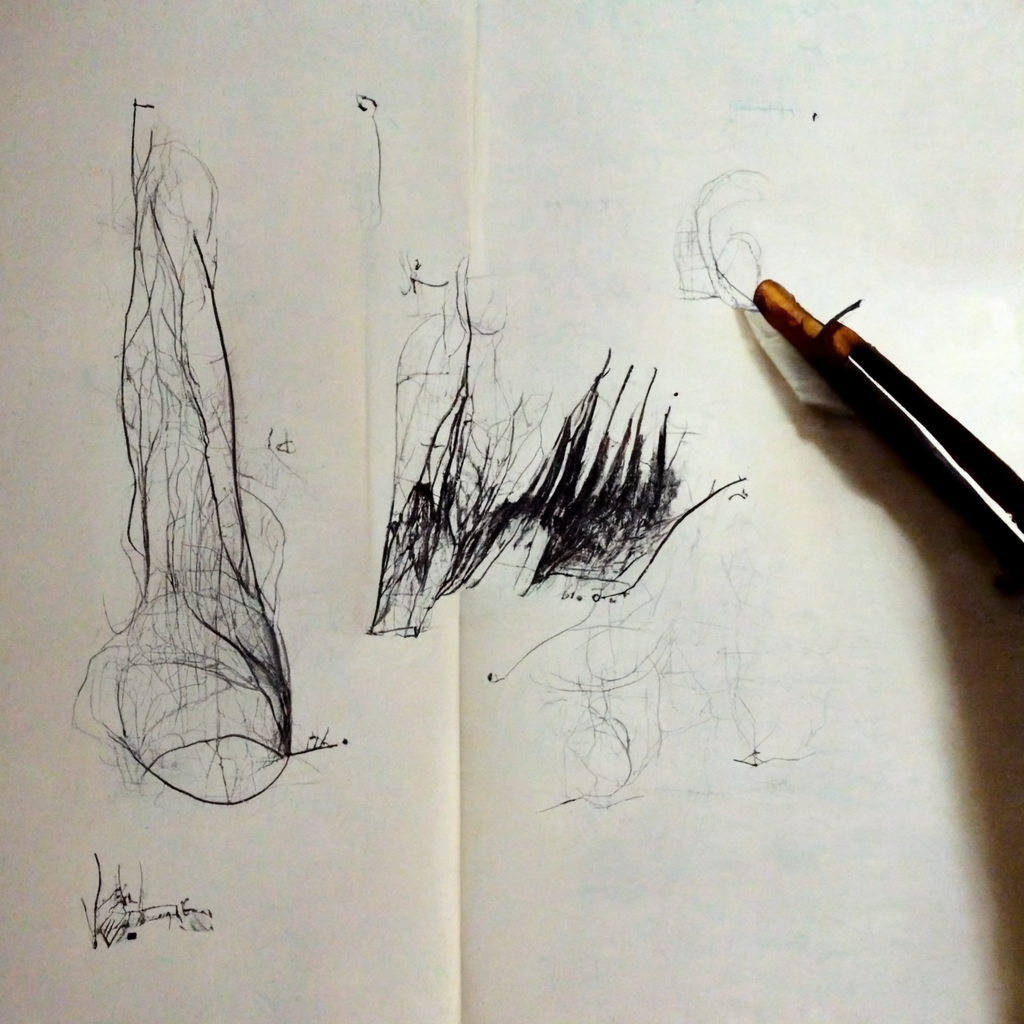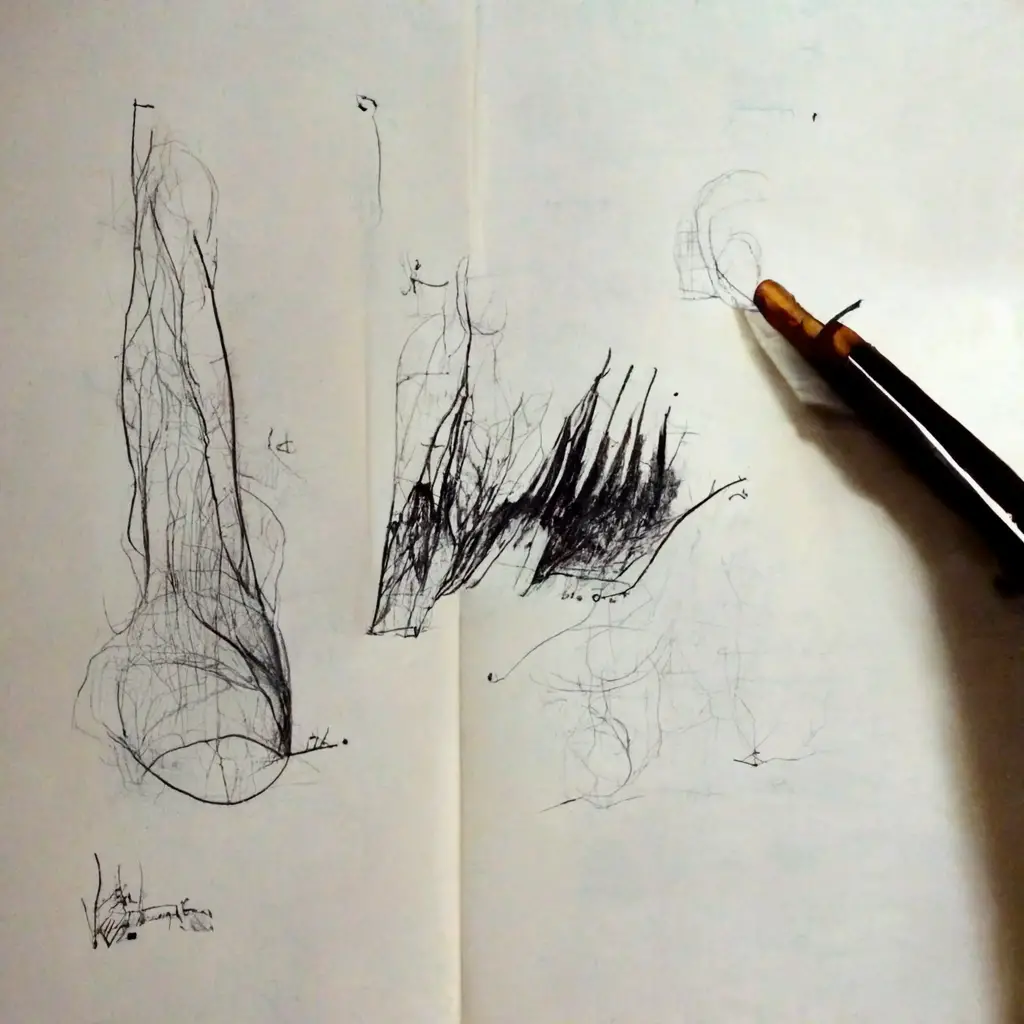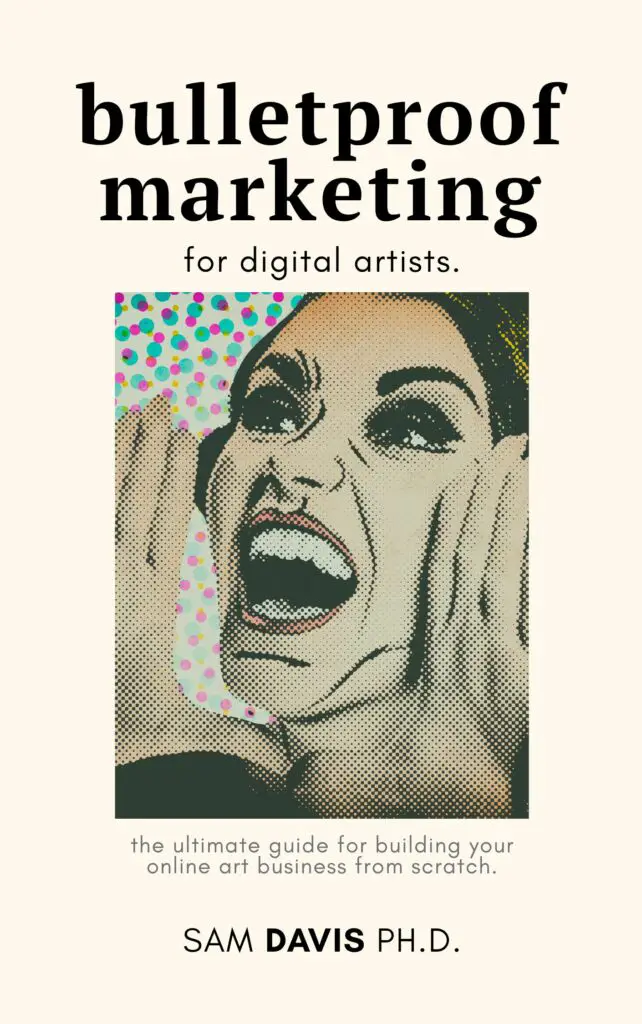When it comes to art, there are many different opinions on the best way to create something. Some people believe that you should never trace drawings, while others think that it's a necessary part of the creative process. So, what's the truth? Is it bad to trace drawings? In this blog post, we'll take a look at what the experts have to say about this topic. We'll also discuss some of the benefits of tracing drawings and provide tips on how to do it correctly.
Traced drawings aren't as bad as some artists make them out to be. Using tracing paper is a drawing process to improve your drawing skills – nothing more and nothing less. If you hear people badmouthing tracing, they're just the critical members of the art world.
Most artists trace at some point in their careers. Even professional artists will be found tracing images if they're struggling with recreating some aspect of a work. Let's dive into the specifics of this technique, the morals, and what you can do to further your own artistic development.

Reasons to create traced art
There are many reasons why someone might want to create traced art. Maybe they're not confident in their free-hand drawing skills, or maybe they want to achieve a clean and precise look. Tracing can also be a helpful tool for artists who are trying to replicate a particular image or capture complicated details.
We see tracing most often with digital artists and cartoon artists. You need to capture something just right in order to modify it. In students, we see it when students are trying to improve a specific skill. For example, someone might trace 50 noses to get a better idea of nose structure.
Whatever the reason, there's no shame in tracing – in fact, many famous artists have used tracing as a tool at some point in their careers. By taking the time to trace an image, you can create a beautiful and unique piece of art that is entirely your own. And who knows – you might just surprise yourself with your hidden talent for drawing!
How do I trace drawings?
Tracing an image is a simple process that can be done with just a few supplies. All you need is tracing paper or carbon paper and something to transfer your image to, like regular printer paper or drawing paper. To get started, lay your tracing paper over the top of the image you want to copy. Make sure the side of the tracing paper that will come into contact with the surface you're tracing onto is facing up. Then, use a pencil to trace the image onto the tracing paper. This is your initial outline.
If you can't see your drawing very well, you can use a light box or a drawing board to help. This will shine light up through your drawing surface and make it easier to see your reference image. Precision tracing needs a lot of light AND a thin paper for tracing. This is the basic, tried and true tracing method throughout the centuries.
After you've traced all the lines you want to keep, flip the tracing paper over so that the surface with your pencil lead is on your final surface. Trace over the lines on the back side of the t4racing paper. The pressure will transfer the lead to your new surface. If the image should NOT be reversed, you'll need to trace on the back of the tracing, then flip it over and do the final transfer to your paper. Annoying, but necessary. Tracing art takes time, but it can be a great way to improve your artistic skills.
Digital tracing methods
If you're a digital artist, tracing is even easier. Simply put your origin drawing as a layer, change the opacity a bit so you can see the image, then trace on a layer above.
I've found that an opacity of about 50% of the base layer helps me see without losing any detail. In digital spaces, you don't need to worry about reversing the image a whole bunch like you do on paper.
Tracing your own work
It's not morally ambiguous to trace your own art. Many of us will do it if we're doing animation, cartoon, or even wanting to improve upon a character that we've created. The only thing you need to make sure of is that your original art is good enough to trace. Making art, even fine art, with traced art is totally fine. Especially if the tracing art is from your own drawing skill.
You can also use a lightbox or even take a photo of your work and make it transparent in Photoshop if you're having trouble scanning it.
Tracing art from someone else's work
Tracing art for educational purposes is fine by most standards. If you want to figure out how Picasso drew an eyeball, tracing is a good step. But tracing a work from a professional artist in order to build on and sell your derivatives? That is cause for trouble.
If you're planning on monetizing your art, it's important to get permission from the original artist. Many artists are okay with you tracing their work for education, but fewer will be ok with derivative works. The last thing you want is to get into legal trouble because you stole someone's idea.
Drawing freehand to improve your skill
You don't need fancy art supplies to improve your drawing skills. In fact, some of the best exercises for developing your eye for detail and accuracy can be done with a simple pencil and paper. One great way to start is by drawing freehand shapes.
Start by drawing basic shapes like circles, squares, and triangles. Once you're comfortable with those, try drawing more complex shapes like flowers or animals. As you practice, pay attention to the way you hold your pencil and the pressure you apply to the paper. With a little bit of practice, you'll be surprised at how quickly your skills will improve. I know it seems mundane, but every professional artist relies on these foundations.
While tracing can get you over the hump of a particular piece of your drawing, tracing alone will not help you become a better artist. In order to really improve your skills, you need to practice drawing freehand. So get out your pencil and paper and get started! You might just surprise yourself with your hidden talent for drawing.
Is art tracing cheating?
There is no “cheating” in art, so no – tracing isn't cheating. Occasionally, tracing can be a shortcut for your drawing skills. Sometimes, tracing is a learning tool. If you're using tracing as a way to improve your skills, there's nothing wrong with that. However, if you're tracing because you're too lazy to draw or don't think you're good enough, that's a different story. Even professional artists do some tracing on drawing paper, so don't sweat the small stuff. The human figure can be challenging.
If you want to get better at art, the best thing you can do is practice. Tracing art is a fine start, but you can't stop there. Draw freehand, draw regularly, and keep track of your progress. Over the years, I promise you'll see improvement.

